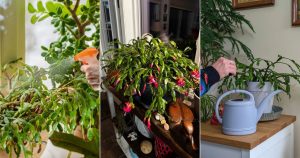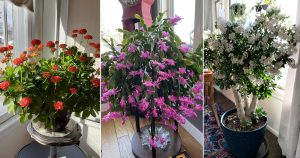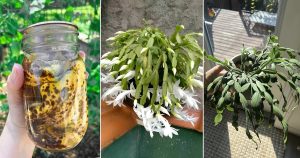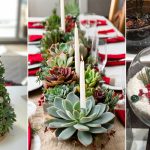Is your Crassula looking rough around the edges? Here’s how to save a dying jade plant with simple and quick fixes.
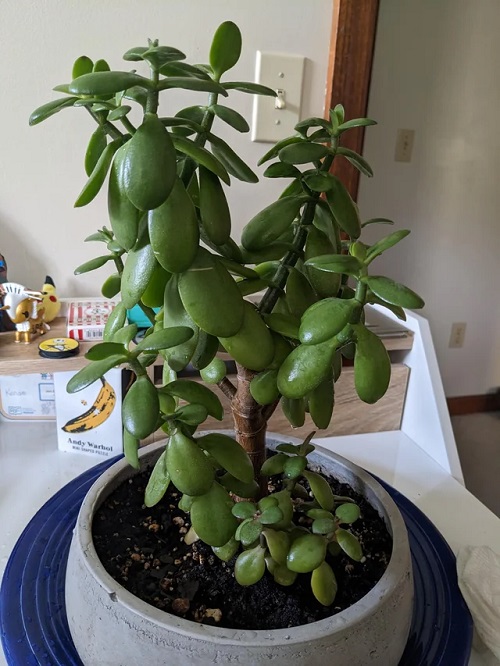
Jade plants are low-maintenance, but beginners often hit a few bumps. If you’re used to regular houseplants, Crassula ovata might surprise you with these 10 common issues. Let’s break them down and learn to save a dying Jade Plant.
10 Crassula ovata Problems and Solutions
1. Dry, Shriveled Leaves
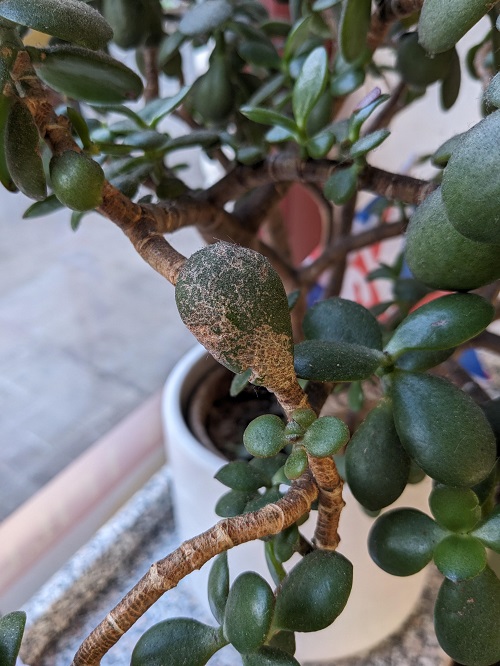
Healthy jade leaves should be plump and glossy. If they’re wrinkled or shriveled, your plant’s crying out for water. This happens when the soil stays dry too long.
Water thoroughly when the soil is dry—don’t wait until the plant looks parched. The leaves should bounce back once hydrated.
Also, check if the pot’s too small. Root-bound plants can’t absorb water well. A slightly bigger pot may solve the issue.
2. Yellowing Leaves
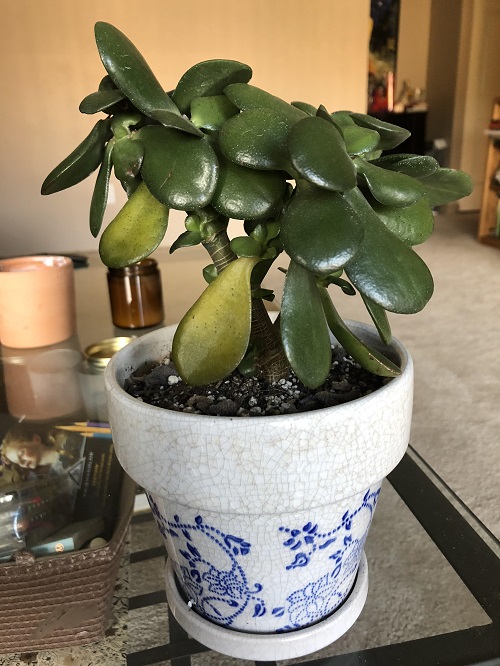
Yellow leaves usually scream overwatering—a common rookie mistake. Succulents don’t like wet feet!
Check by lifting the pot. If it feels heavy but the topsoil’s dry, the water hasn’t drained. Wait longer before watering again.
Fertilizer can help too—use a diluted, balanced feed every 4–6 weeks in the growing season.
And don’t forget the soil! Old mix that’s turned dense holds too much water. If it feels like soggy cake, it’s time to repot.
3. Black Leaves

Blackened leaves are a red flag—you’ve gone from trouble to crisis. It’s usually a sign of rot from trapped moisture.
Act fast—trim off black leaves and mushy roots, then repot in fresh, well-draining soil.
You can use a pot with proper drainage and toss in a layer of gravel or pumice at the bottom—it’s a lifesaver for heavy-handed waterers.
4. White Spots on Foliage
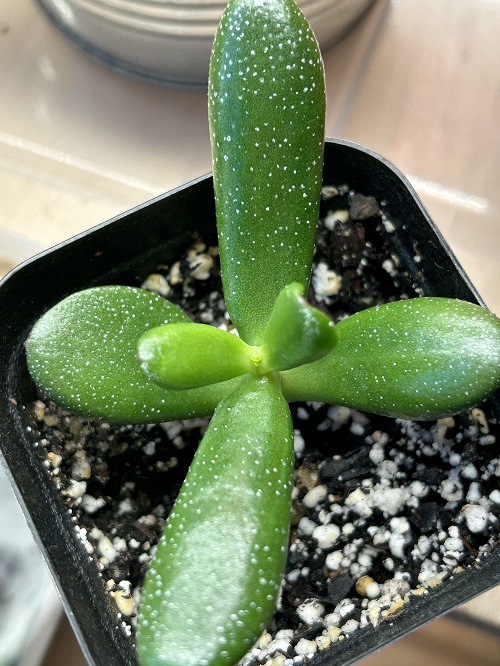
Not deadly, but annoying. These white marks are often salt deposits from hard tap water. Wipe the leaves gently with a damp cloth to clean them up.
If you keep seeing these spots despite wiping, consider switching to filtered or distilled water for your jade plant. Also, watch for signs of overfertilizing—excess salts from fertilizer can leave residue too.
5. Soft, Mushy Leaves
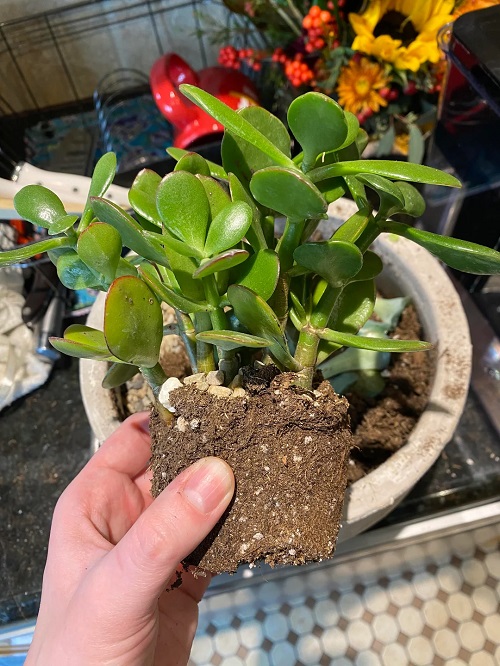
When leaves feel squishy and start falling, you’ve gone too far with the watering can. Overwatering breaks down the roots and invites pests.
Check your soil—it should be airy and gritty, not soggy. Sand and perlite help a lot.
And yes, make sure your pot drains well and empty the saucer underneath. Sitting water is a silent killer.
If damage is done, trim mushy roots and repot. Fresh start, fresh soil.
6. Brown Discoloration on Foliage
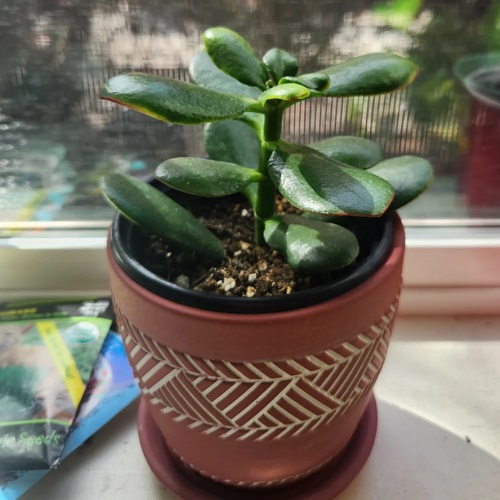
Brown patches can mean many things—too little water, too much, poor air flow, or even sunburn.
If you recently moved your jade into full sun, slow down. Gradually increase its light exposure by an hour daily to let it adapt.
Poor ventilation can also cause browning. Open a window or move it somewhere with better airflow.
7. White Fluff on Different Areas

Don’t confuse this with water spots—white fluff usually means mealybugs. Even if your jade gets ideal light, water, and warmth, pests can still sneak in.
Mealybugs suck sap and leave behind cottony patches on leaves and stems. Dab them with rubbing alcohol using a cotton swab, or spray neem oil or insecticidal soap. Always test sprays on one leaf first.
And don’t forget to quarantine—keep the plant away from others to stop the spread.
8. Leaf Drop
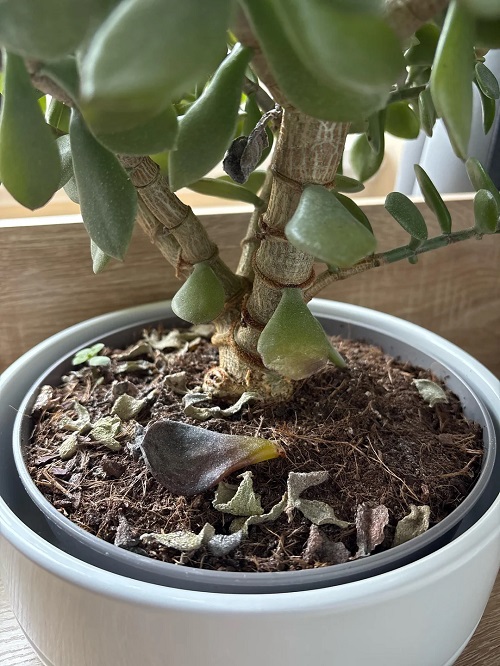
Now if you feel sudden leaf loss, then that’s your jade’s silent alarm for help. The usual suspects are overwatering, poor light, or wild temperature swings.
Let soil dry out almost fully between waterings. Give it a bright spot with gentle morning sun, and steer clear of cold drafts or heaters.
Consistency is key—jades like a steady routine, not surprises.
9. Stunted Growth
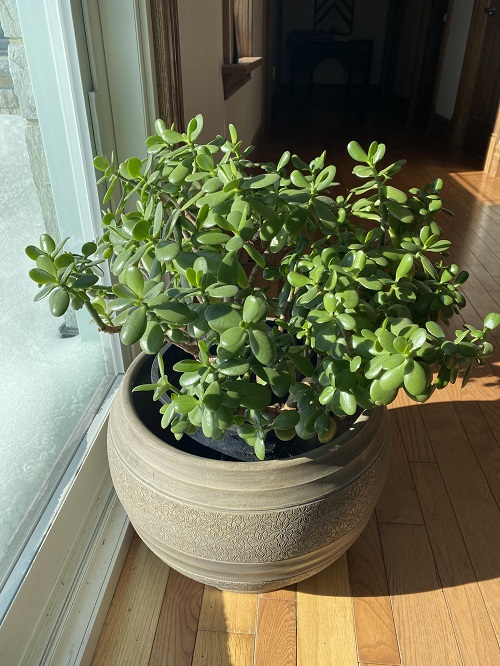
Jades grow slow, but not that slow. If it hasn’t budged in months, it’s likely root-bound, light-starved, or stuck in tired soil.
Repot in fresh, gritty soil if roots are cramped. Give it 4–6 hours of bright, indirect sun, and feed lightly during the growing season with diluted fertilizer. Too much food will burn the leaves.
10. Stretched or Leggy Stems

If your jade looks like it’s reaching for the stars, it’s craving light. This “etiolation” makes stems lanky, top-heavy, and messy.
Move it closer to a sunny window gradually—don’t shock it overnight. For plants that are already stretched, prune and shape them back. And the bonus is that those cuttings root easily, which makes new baby plants!
So these were the top 10 problems that you might face when growing Crassula and also their solutions. Follow these and let us know how your dying jade plant is doing in the comments below.

